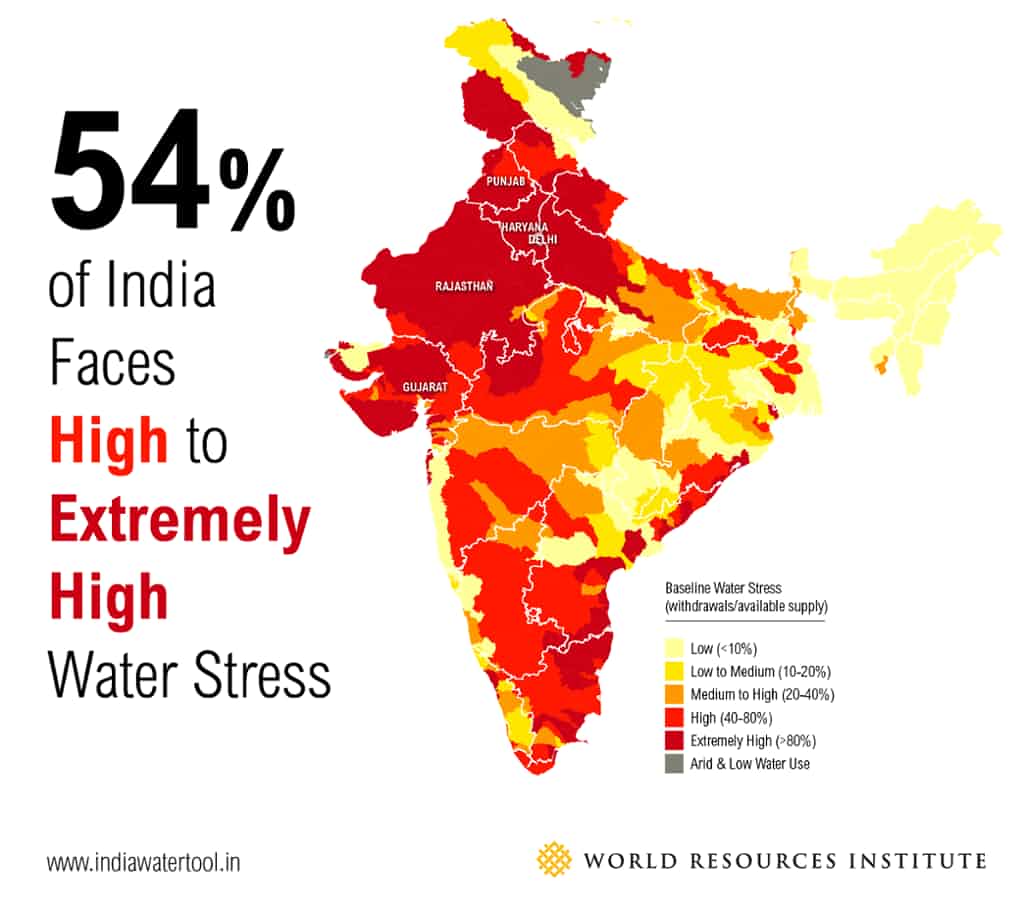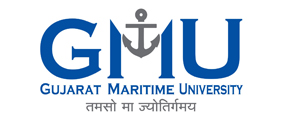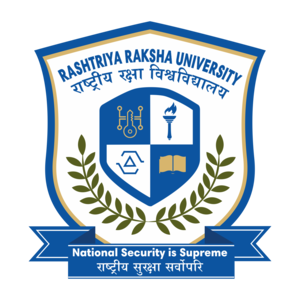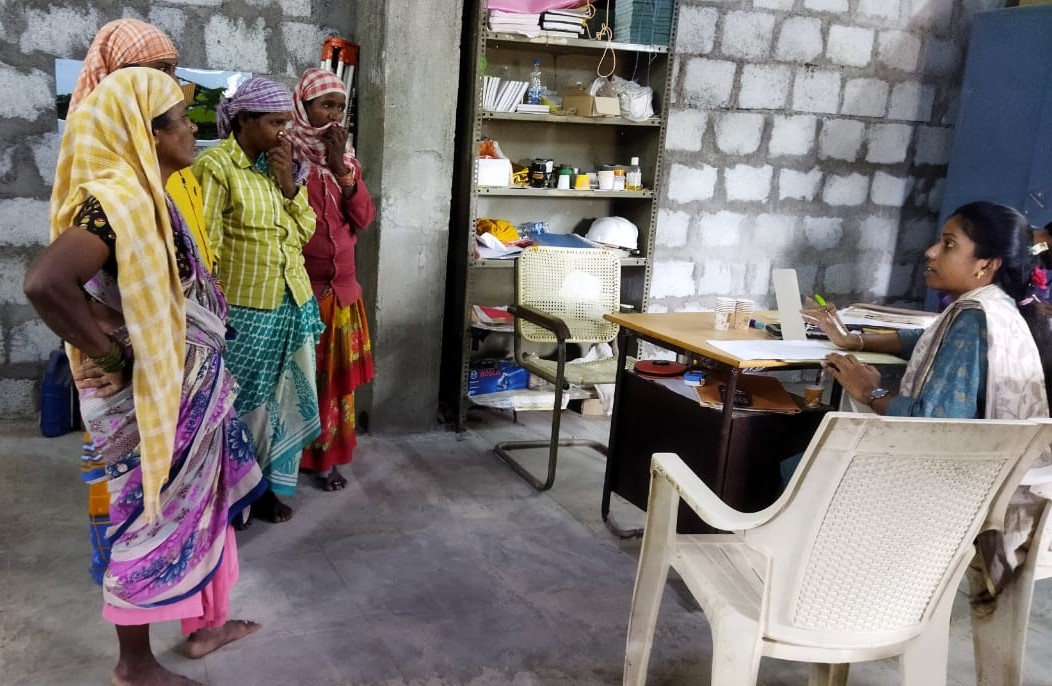
Groundwater Management and Food Security in India: An overview
GROUNDWATER MANAGEMENT AND FOOD SECURITY IN INDIA: AN OVERVIEW
- A Nithya Reddy
India’s population is increasing day by day. It will have 1.7 billion people by 2050 as compared to only 361 million in 1951. This massive growth of population leads to doubt whether there would be sufficient food produced to cope up with the increasing demand. Hence, this raises the issue of “Food Security”. It is a situation where there are availability, stability, and ability to access food by individuals. It was considered that poverty, overpopulation, lack of education; faulty PDS systems, corruption, gender inequality, climate change, etc. were the major causes leading to food insecurity. But the growth of water scarcity, water pollution and competition for water resources will also add a new dimension to food insecurity in our country.
Groundwater plays a major role in the Indian scenario of agriculture as over 60% of the irrigated land uses groundwater for agriculture which amounts to 35 million hectares of net irrigated area. But rapid depletion of groundwater by over-utilization and contamination will hold consequences and will be set back for future generations as it impairs food security. Even though the relation between groundwater and food security are not mutually exclusive, the reliability of groundwater as a source of irrigation by increasing farm yields, farmer incomes, nullifying climate effect, reducing yield risk, etc. proves that there exists a substantial relationship between them.
Why groundwater is a major and reliable source of irrigation?
According to an estimation, 433.02 billion cubic meters (BCM) is the total available replenishable groundwater resource in India out of which 93% (403.85 BCM) is available for irrigation. In India, according to the Asian Water Development Outlook, 2016, almost 89% of groundwater extracted, is used for irrigation. Such a drastic change occurred due to several reasons.
One of the main reasons is the Green Revolution beginning from the 1960s. It was the phase during which there was a widespread usage of high yielding variety (HYV) seeds and chemical fertilizers, pesticides, insecticides, etc.) to improve the crop yield. The response of a crop to fertilizer is higher where the supply of irrigation is assured. Here, groundwater gets into the limelight. It could be extracted at any time of the year and also reduce the costs of bringing canal water into the field. Hence, this revolution is also termed as “Tubewell Revolution”.
During this period, farmers realized that the groundwater is abundant across the country. This realization, along with an increased electricity supply made it easy and economical for the pumping of groundwater. In the past few decades, reduced power cuts and subsidized power rates have uplifted the farmers to rely more on the underground aquifers. Hence, from then farmers were willing to take the risk of increased expenditure on land, labor and fertilizers, expecting a good outcome due to usage of groundwater for irrigating huge areas.
Failure of the government in providing a good irrigation system has made a vital impact on farmers for shifting from surface irrigation to groundwater irrigation. Improper management of canal systems and their sluggish expansion in the country has boosted the usage of groundwater. Also water-logging and salinity has become troublesome in surface irrigated and flood-prone regions. This is the key reason why only 16% of the net irrigated area in the past 3 decades, is irrigated using canal irrigation and the rest by groundwater. So it was noticed that facilitating groundwater extraction was a remedy for decreasing the groundwater table level.
How groundwater levels are correlated to food security?
The rapid expansion of tubewell usage across the country led to a decline in groundwater levels in several parts across the country. Seawater intrudes into water tables near coastal areas. The groundwater quality of aquifers has declined in many regions across the country. Traditional wells and tanks are polluted. These are the symptoms of over exploitation of groundwater and will be catastrophic in the future, as the rate of recharge of groundwater levels is not equal. According to the data, Rajasthan alone recorded a decline of 1-5 meters in groundwater level per year.
Significantly, groundwater contributes to the production of rice, wheat, sugarcane, cotton, fruits and vegetables, spices, oilseeds, medicinal plants, etc. All these items are necessities, and hence the utilization of groundwater ensures food security.
How reducing groundwater levels are a threat to food security?
Agriculture is the backbone of the Indian economy. It employs the largest number of people than any other sector. The decline in access to groundwater leads to reduced crop yields, which imply that the only source of income of farmers is lessened. Their access to food is derived from this income. As mentioned earlier, food security involves the ability of individuals to obtain access to food. Therefore, a fall in groundwater levels will lead to deterioration of the economic condition of small farmers, seizing the purchasing power of food by farmers.
Uneconomic groundwater extraction is another reason why reduced groundwater levels are a threat to food security. Deeper the aquifer, costlier the extraction. The decline in groundwater levels will make it unaffordable for small farmers to build aquifer. Rich farmers took advantage of this situation and started the practice of the sale of water. This urged them to over pump the groundwater even in drought-prone areas which would have an adverse effect soon. India’s harvest would be reduced by 25% if the groundwater declines similarly.
Groundwater contamination is also a major threat to food security. Usage of excessive chemical fertilizers and pesticides on crops, seepage from drainage, garbage dumping, etc. lead to water contamination. The depletion and degradation of groundwater is the major cause of the increase in rural poverty in India.
What can be done?
1) Excessive water-consuming crops, such as rice and sugar should be promoted in areas where there is underutilized groundwater such as Odisha, etc. instead of in Haryana and Punjab. And in these areas, there is overutilization of groundwater where less-water requiring crops such as maize, soya beans, etc. can be grown. Such re-arrangements should be made across the country to ensure sustainability.
2) Artificial recharge mechanisms for groundwater could increase groundwater levels without impacting the environment.
3) Awareness should be created among the farmers regarding the overexploitation of groundwater.
4) The government should limit the time of provision of electricity to decrease over-pumping.
5) Practices such as water conservation, rainwater harvesting, etc. should be promoted among both urban and rural households.
6) Surface water irrigation should be taken as a priority by the government and improve its situation with proper planning.
7) Water usage efficiency should be increased by using methods, such as Drip irrigation, Sprinkler irrigation, etc.
8) Drought resistant and less water use crops’ seeds should be developed
According to the framework of the Indian constitution and other statues, groundwater is a private subject. Its rights are vested with the landowner and therefore, it becomes difficult by the government to control the usage. Also, “Water” is a state subject in India. Hence, it becomes difficult for the central government, to manage groundwater usage as various states have various policies. The absence of strict legislation controlling groundwater usage led to such a rapid decline in aquifer levels in the country. Some other suggestions can be
1) National Water Policy, 2002, by the Government of India, which suggests various measured for sustainable use of groundwater, should be followed.
2) “Water” should become a central list subject for compatibility in jurisdiction issues.
3) Groundwater control and regulation bill, 1970, which mandates to take permission for the usage of the groundwater, should be passed.
4) The government should frame policies with provisions ensuring participation of citizens.
5) The separation of land and water rights should be made.
6) All groundwater resources should be made as to the public property of the state.
Sustainable groundwater management is essential for food security in the future. The holistic approach, proper planning and effective implementation of rules and regulations will gift groundwater to the next generations.
REFERENCES :-
1) Vasant P. Gandhi and Vaibhav Bhamoriya, ‘Groundwater Irrigation in India: Growth, Challenges, Risks’ < http://www.idfc.com/pdf/report/2011/Chp-7-Groundwater-Irrigation-in-India-Growth-Challe.pdf> accessed 4th April 2020.
2) ‘Rethinking the approach to Groundwater and Food security’ [FAO] <http://www.fao.org/3/a-y4495e.pdf> accessed 5th April 2020.
3) K. D. Sharma, ‘ Groundwater management for food security’ [2009] < http://re.indiaenvironmentportal.org.in/files/Groundwater%20management%20for%20food%20security.pdf> accessed 4th April 2020.
4) ‘Food Security and Groundwater’ [2015] International Association of Hydrogeologists <https://iah.org/wp-content/uploads/2015/11/IAH-Food-Security-Groundwater-Nov-2015.pdf> accessed 4th April 2020.
5) Esha Zaveri and ors., ‘Invisible water, visible impact: groundwater use and Indian
agriculture under climate change’ [2016] <https://iopscience.iop.org/article/10.1088/1748-9326/11/8/084005/meta> accessed 5th April 2020
6) Sinéad Lehane, ‘India’s Food and Water Security’ [2014] Future Directions International < http://www.futuredirections.org.au/publication/india-s-food-and-water-security/> accessed 5th April 2020.
7) R Prakash Upadhyay and C Palanivel, ‘Challenges in Achievening Food Security in India’ [2011] Iranian Journal of Public Health <https://www.ncbi.nlm.nih.gov/pmc/articles/PMC3481742/).> accessed 4th April 2020.
8) Press release (2019) by Ministry of Finance <https://pib.gov.in/newsite/PrintRelease.aspx?relid=191196). > accessed 5th April 2020.
9) Sandra Postel, ‘India’s Food Security Threatened by Groundwater Depletion’ National Geographic Society Newsroom <https://blog.nationalgeographic.org/2015/02/03/indias-food-security-threatened-by-groundwater-depletion/> accessed 4th April 2020.












